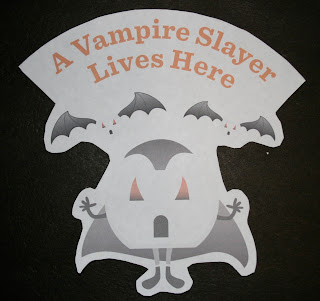You’re a small business owner and you’re looking to bring in a freelancer to help with your next writing project. Now what? What should you ask before sitting down to negotiate a price?
First, know what you want.
It sounds simple, but you’d be amazed at how many clients I meet that haven’t put any thought into what their project entails. Try to visualize your finished product. Is it copy only, or will you be incorporating photos and graphics? Do you need help developing an overall advertising, marketing or social media strategy?
A good freelancer is one that’s well rounded and can help you develop a comprehensive plan to cover all the angles, but the more legwork you do ahead of time the easier it will be for them to quote you a price.
 |
| Freelancers can be used in an emergency situation, but you save money by planning ahead. |
Bundle services to get more bang for your buck.
Think about how you want to use the finished product. Website copy can also be used for advertising materials like brochures, direct mailers, e-mail blasts and more. It’s okay to use the same copy for a variety of mediums. It saves you money and keeps all your marketing material consistent.
I’m always happy to design print materials for my clients. I cut them a break on price because the services are bundled together and I’m not starting each one from scratch.
The same goes for photos. Great copy will only get you so far. A
professional photo can add that extra thousand words that makes your marketing piece really pop. I try to bundle that in too, so my clients aren’t forced to hire a separate photographer. It saves them money and their projects are finished faster, because they’re not trying to coordinate with two different people.
Think about your vision and underlying goals.
What do you want to get out of the project? What’s your focus? I base my quotes on the number of hours I’ll be putting into the job. One of the most time consuming aspects is trying to draw out the vision of my clients. The more they think about it before hand, the easier it is for me to hit the ground running. Having a clear vision of what you want can save you hours of meeting time and hundreds of dollars.
Set a deadline.
It’s very important to have a clear time frame for when you need the project finished. Clients that don’t set a firm target date often see their projects wind up at the end of the writer’s queue. All freelancers have to prioritize, just like any other business. That means the most immediate deadlines are first on their list. Most writers I know are procrastinators and do some of their best work under the pressure of a deadlines.
Ask lots of questions.
Communication is vital. As a writer, it’s my job to ask plenty of questions so I can get a feel for anything and everything that might be involved with a project. But it’s a two way street. I’ve learned what types of questions to ask, but often the clients are completely in the dark about what they should be asking me. There’s no such thing as a stupid question. If in doubt, ask. Especially if you’ve never worked with a freelancer before.
The more you know about their process the better. (For more on asking questions check out one of my previous posts here.)
Know What You’re Getting.
My quotes involve two rounds of revisions. For most clients that’s plenty of time to make the changes they want, but sometimes projects involve regular updates or frequent content maintenance. That’s not included. I’m more than happy to contribute regularly for my clients, but it’s usually done with a monthly service fee.
Let the freelancer know if you’re looking for a specific number of blog posts per week, or if you want them to develop a monthly e-mail update for your clients. I usually cut my clients a price break for recurring projects like that.
Payment.
I ask for a third of the contracted price up front. The rest is paid at negotiable check points. Don’t ever pay full price up front. Making a down payment gives you some degree of protection if the freelancer flakes out on your project, or misses the mark altogether.
Now that you know a little more about working with a freelancer, go ahead and give it a try. You'll be amazed at how easy it is to generate fresh content for your brand and draw in new customers.



